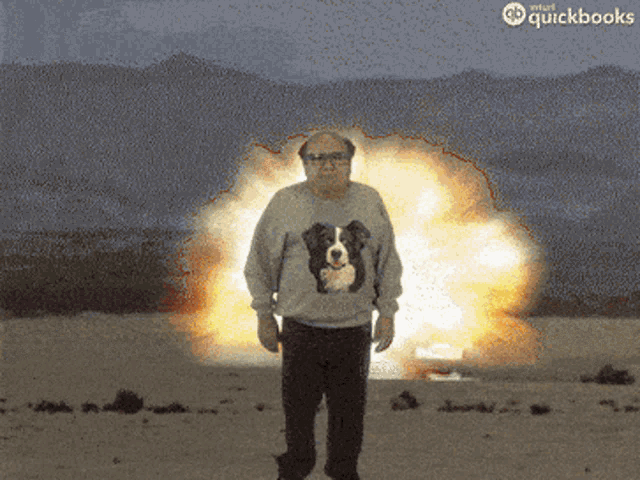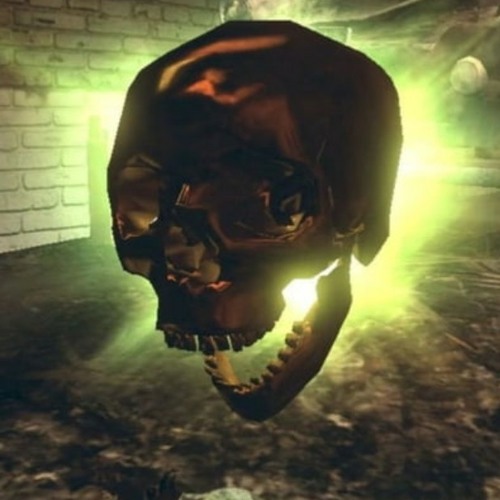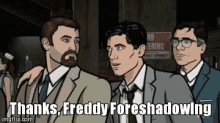Intro
D&D is known for having huge battles and epic showdowns. These can be in the form of 1v1 sessions between 2 PC's or an NPC and a PC, or as epic battles of an adventuring party against the odds (whatever they may be).
And with great power comes great rules guidance. Combat is easily some of the most encumbering part of D&D, where many rules converge (spell casting, fighting, contested rolls, distance etc). There is good reason for many of the mechanical limits set on players and DMs for combat - but the longer I play D&D and (especially) the higher levels I or my parties reach - the more I wonder: how do I keep this interesting?
2 of the groups I run games for are at that stage where a fight could last all night if they are equal in number against standard adversaries for their level and personally, I don't enjoy running them that much.
I have spoke to my players about these encounters but to my surprise it was the complete opposite for them. They were loving the pace of the fights and all the dramatic things they got to experience with their newer characters.
This got me wondering, what I am doing that is keeping them engaged? What am I NOT doing to keep myself engaged? These two questions have been the driving force for one of my groups I run for - and I am hoping you can learn something from this too.
So - what's worth doing?
For me - the secret to keeping players engaged is to give them cool stuff to do.
When describing encounters, describe the feelings, the sights and sounds, the impacts of explosions and the whistling whip of magic missiles pummelling your foes. Often, doing this immerses players more, and in combat, can really emphasis the impact players and their opposing NPCs have.
For example, I tend to dramatically explain crits in combat, and describe how it has wounded the targets. Often throwing in narrative-only flavour. A recent favourite of the party was when their critical hit chopped the fingers from a bandit who tried to rob them. Players left this guy alive, so sometime, somewhere, they may meet the 2 fingered bandit again - probably in a new profession.
Offer exciting cinematic moments. Don't worry so much about freezing combat if you can offer a narrative that makes an enemy's deal sound cool and put the player on the pedestal. As an example - I setup a game for some friends who had never played D&D (but to my surprise, had all been looking to play for years), and after 2 or 3 sessions of doing missions finally got to the bad guy at the end. Once the players use their wits in the final fight and got the boss to single digits, he tried to run - using all his tricks at his disposal to try and dodge and cancel any attacks. Unfortunately, I failed my check and one of the players used his attack of opportunity to defeat the boss.

Pretty cool ending, especially how the player described his attack, but the other players also wanted to use their attacks of opportunity to try and deal damage. I decided to not say he died, and let everyone attack. They all hit, and I described how all three of our heroes defeated the boss in unison, before the group Paladin (uncharactierstically) scattered the boss's brains on the floor.
Sure, I didn't follow the turn orders to a T to do this - the boss should have died after that first attack of opportunity killed him. But this was a great opportunity to allow new players to share the glory of their first boss-kill. It made them all scream and shout, and ultimately, feel like stole, T H I C C adventurers they felt their characters were.
From this moment onwards, the players wanted to continue the cliff hanger I left for them (turning into full campaign we've been playing for a year), and they still talk about this moment.
Now what about the hinting at things to come?
Something else that is worth considering is to foreshadow incoming danger - I often do this in difficult fights. It works 2 fold, it suggests to the players what the enemies intent is going to be, and also gets players panicking if they think they are on the receiving end. Narrating your NPCs intent in this way can often lead to players scrambling unusual and interesting ideas that throw their original plan out of the window.
Also ensuring you understand your players intent for an attack can offer up interesting results. If a player wishes to shoot an enemy in the hand to disarm them, or cut at their tentacle to release their friend - a nat 20 roll could be used to deliver damage and allow players the reward of reaching their goal. Even more interesting is if you use fumbles (rolling a natural 1), you could create more challenging scenarios for your players if you understood their intent. This could be as easy as a player wanting to knock an enemy down, but instead, with a nat 1, they maybe enter a scuffle on the ground with their target on top.
I often use big dramatic pauses before the effect of some major damage my players lay down... It can often lead to them holding their breathe while they wait to see if the bad guy still stands.
Avoiding boring, robotic fighting
We've spoke about what I've done to keep combat exciting for my players. But what about things I have done that made fighting a routine?
One thing to be wary about is having your rolls default to "You hit, take X damage. NEXT!, I hit you, you take 10 damage.... " etc. This can easily happen when your combat is lasting a long time or as a night drags on later and later. Just remember to make sure you explain the effect of the attack and ask players to recommend how they are doing their damage - this will help reduce how easily your combat could turn into a litany of rolls and results -with not much else. Being descriptive, and looking for ways to narratively bounce off player actions will make it much funner for your players, and you.

Try your best to avoid padding enemies or friendly NPCs with extra HP or abilities to expedite a fight. Sometimes it can feel hard to balance a fight for your PCs, so naturally boosting HP a lot could help lengthen a fight. In actuality, it can make fights last longer but with variety in your fight. I find that sometimes a fight easily one by our heroes can often give them a feel-good moment - a time to reflect on the efforts they have applied to their characters.
One thing I have seen very recently in multiple games I've played is this... And I understand this can be unavoidable sometimes, especially if the players are in over their heads, but try your best to avoid crushing the players very quickly. This isn't call of Cthulhu - this is D&D, where players get the coolest spells and abilities. Recently, in a game I was playing, the GM wanted to wrap up a session and unloaded their maximum level spells onto one character and insta killing them. This felt out of character and a "Gotcha!" moment from the GM. Unfortunately it had most at the table a little disappointed, and ultimately left one of the players feeling a little cheated as we seemed to be doing OK until that point. I'd say this is a huge thing to avoid - with the exception of times players ignoring warnings of deadly, imminent danger. Its up to you how hardcore your games are going to be, but at the core these are games for me. Even my realy difficult games are hard, but I almost never have instant kills.

That's my piece of keeping combat engaging in D&D. I'll likely have various versions of this at later stages as I try new things, but I hope you found some of this useful. To summarise - I like my players to feel like they've had a good fight and were able to try and utilise all the cool stuff they've earned and learned.
If you have any tips for me, or experiencing you'd like to share - I'd love to hear it! Thanks for reading through this, and I'll catch you later.
-J







Comments
Post a Comment
Thanks for leaving a comment!